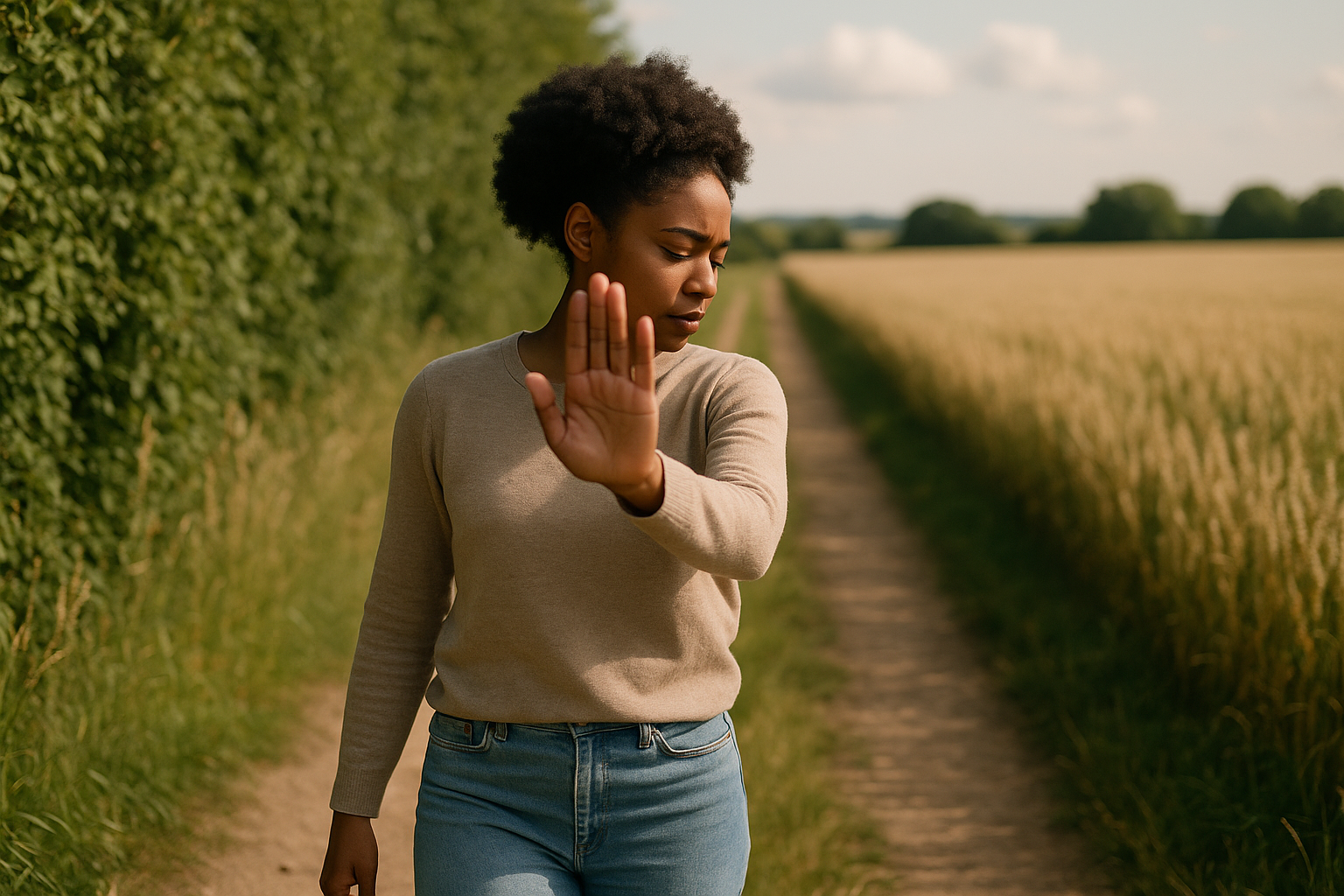In today’s fast-paced digital world, mental health has become an urgent topic. The pressure to keep up with constant notifications, social expectations, and unforeseen life challenges can lead to anxiety and even panic attacks. Many people search for fast relief, often through coping strategies they hope will shield them from immediate stress. One common reaction is avoidance—avoiding people, places, or even thoughts that trigger distress. But does avoiding stressors truly help, or can it create bigger issues? At Trankua, our mission is to help people understand their mental health and provide them with practical, instant support through tools like our app. This article explores when, if ever, avoidance is a useful coping mechanism and how mindful intervention can be a better alternative.
Understanding Avoidance in Anxiety and Panic
Avoidance is a natural, protective reflex. When the mind senses danger, it tries to keep you safe by urging you to step back from certain situations. For people living with anxiety, avoidance often feels like the simplest way to escape uncomfortable emotions. Whether it means skipping a crowded subway, putting off a work presentation, or cancelling social plans, the drive to avoid anxiety triggers can be strong.
However, researchers have found that while avoidance provides short-term relief, it often reinforces anxiety in the long run. Each time you avoid a trigger, you miss an opportunity to prove to yourself that you can handle challenging feelings. This avoidance loop can shrink your comfort zone and limit your life in ways you never intended.
- Avoidance may offer immediate calm, but the root anxiety persists.
- The more you avoid, the harder it becomes to face similar situations in the future.
- Avoidance can lead to isolation, guilt, or disappointment.
- Building coping skills often requires facing—not avoiding—your fears.
When Avoidance Might Be Useful
While most experts urge caution with avoidance, there are moments when stepping back is wise. Not every stressor deserves your attention at all times, especially if your mental reserves are running low. Strategic avoidance can offer a window for self-care and reflection.
- During trauma recovery, temporary avoidance can create a sense of safety until you are ready to process distressing memories.
- If a specific conflict or situation feels too overwhelming, stepping away briefly allows emotions to cool before you approach it again.
- Avoiding certain environments (like loud crowds) while experiencing high anxiety can prevent escalation into panic.
The difference lies in mindful, temporary avoidance versus chronic, automatic avoidance. The former offers breathing space; the latter limits personal growth and feeds long-term anxiety.
Real-Life Scenarios: Avoidance vs. Engagement
Picture Sara, who feels anxious before work meetings and starts skipping them. At first, she feels relief. Over weeks, guilt and fear of being singled out grow, making her anxiety worse. Her avoidance strategy, though well-intentioned, backfires.
Contrast this with Omar, who dreads crowded supermarkets. He decides to bring calming music and plan his visits for quieter times. Rather than avoiding the store entirely, he modifies his exposure. Gradually, Omar gets more comfortable, and the anxiety has less power over him.
These examples show that facing triggers with the right support—like breathing exercises, mindfulness, or guided audio—is almost always more effective than prolonged avoidance. Sometimes, small, supported exposures can bring big, lasting change.
Tools to Break the Avoidance Cycle
Changing coping strategies is a journey, not a quick fix. Fortunately, modern tools like the Trankua App make it easier to manage anxiety symptoms and gently challenge avoidance habits. The app delivers instant grounding techniques, tailored support exercises, and gentle reminders anytime anxiety strikes.
- One-tap access to calming audio, breathing routines, and relaxation guides
- Step-by-step exposure exercises to safely face common anxiety triggers
- Real-time stress logging to help track patterns and progress
- Private, supportive resources ready in your pocket, wherever you are
Picture yourself at the start of a panic attack. Instead of running from the situation or avoiding your feelings, you open Trankua. With a quick session, you find your ground, take control of your breath, and remind yourself that you are safe. Over time, skills like these loosen the grip of avoidance and empower you to reclaim daily life on your terms.
Building a Healthier Response to Anxiety
Avoidance does not have to control your life. By mixing self-awareness with powerful tools, anyone can learn to face stressors and thrive. Try replacing avoidance with actions like:
- Identifying triggers and using instant support resources before anxiety peaks
- Practicing grounding techniques whenever overwhelmed
- Tackling small, manageable challenges every week, increasing confidence over time
- Checking in with progress and celebrating small wins
Letting go of avoidance is not easy, but every success makes you stronger. With the right guidance and support—like that found in the Trankua App—freedom from anxiety is possible, step by step and moment by moment.
Ready to shift your coping strategies and try something healthier? Take your first step by downloading the Trankua App today. Your journey to a calmer, more empowered life begins here.

